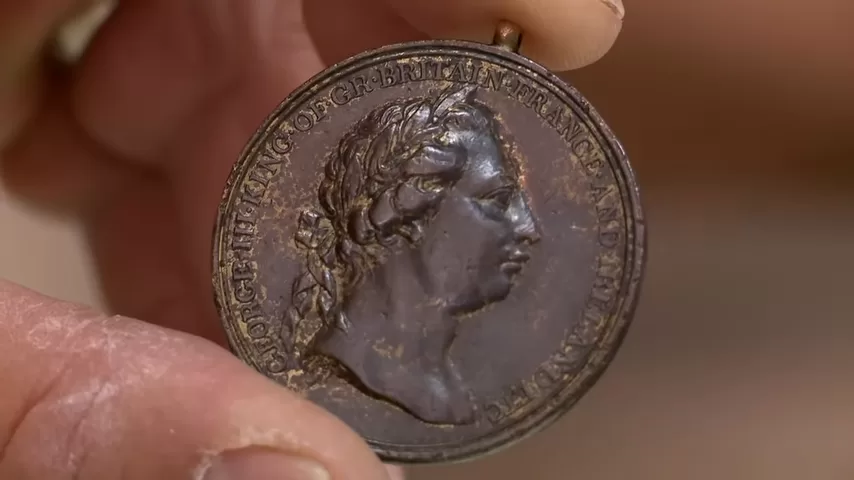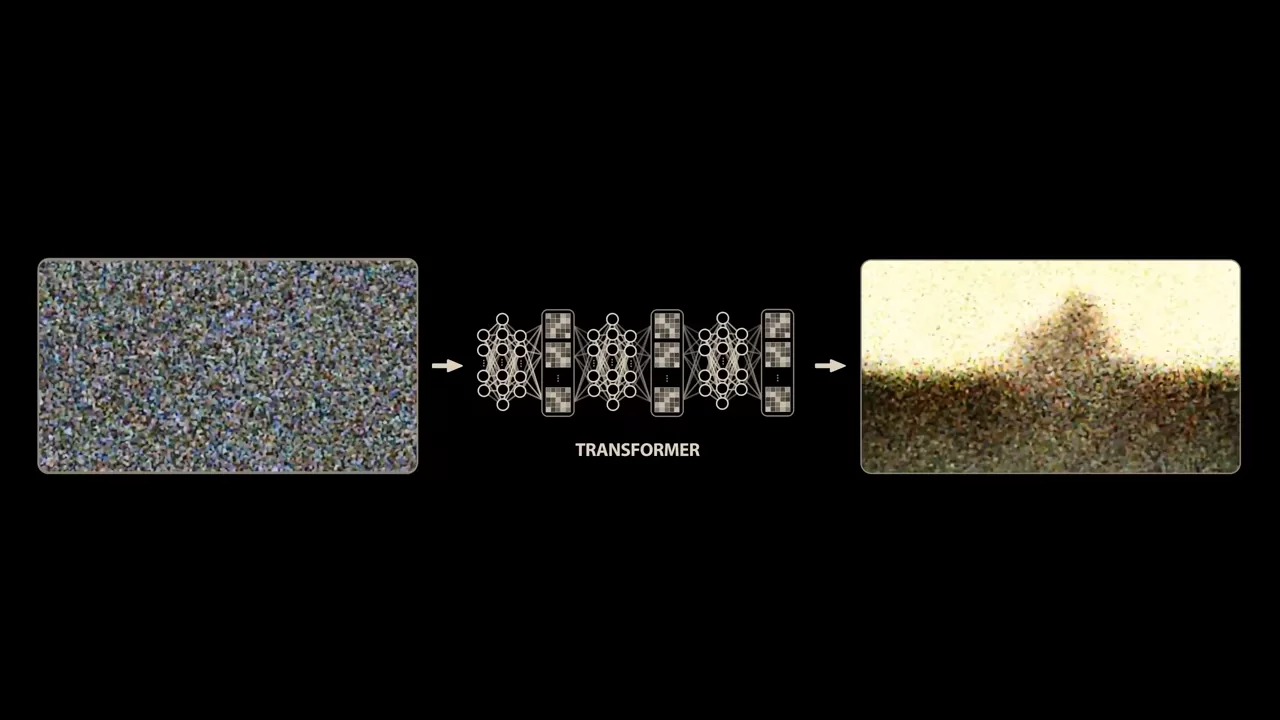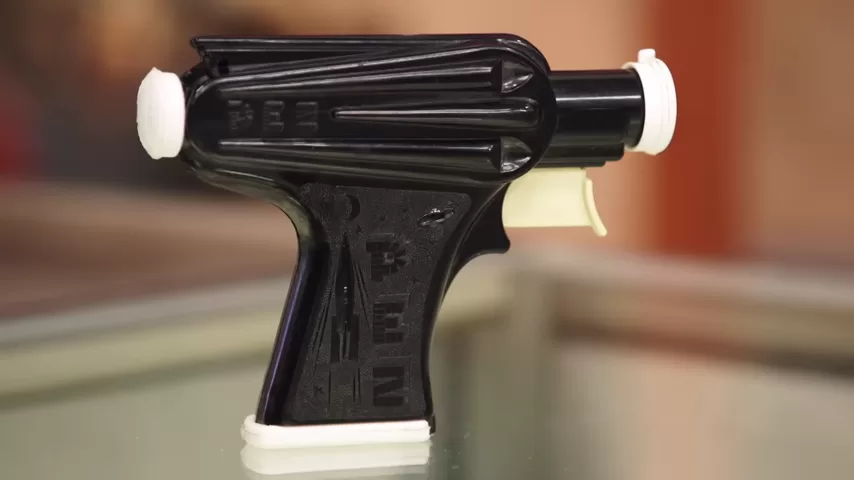When you’re cleaning out an old house, you expect dust, memories, and maybe a few forgotten trinkets. But for one man, digging through his grandmother’s belongings led to a stunning discovery: an old coin-like object bearing the image of King George III and inscribed with the names “Resolution and Adventure.” He wasn’t sure what it was—maybe a replica, maybe junk. But as it turns out, he was holding a tangible piece of world history.
“I don’t really know what this is,” he said at first. “Maybe it’s a really old, hopefully really expensive coin.” The discovery came unexpectedly. It was just tucked in a box, without any clear context or explanation. He didn’t even know his grandmother collected anything like this.
At first glance, it looked like a commemorative medallion, featuring the date 1772. The words Resolution and Adventure struck a chord with one of the antique experts who took a look.
“That was the name of Captain James Cook’s ships,” the expert pointed out. And that was no small connection.
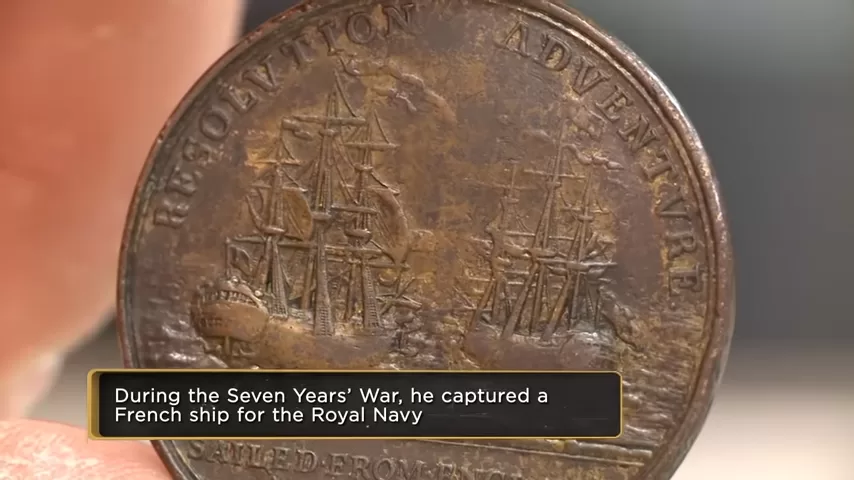
Who Was Captain Cook?
Captain James Cook is considered one of the greatest explorers and navigators in recorded history. Far more than just a seafarer, Cook revolutionized global navigation, expanded the known world, and produced maps so accurate they were still in use centuries later. His expeditions through the Pacific, including the mapping of Newfoundland, the discovery of Hawaii, and extensive travels around New Zealand, Tahiti, and Easter Island, changed geography and anthropology forever.
“Cook’s maps from the 1750s were so precise they were still being referenced in the 20th century,” the expert emphasized.
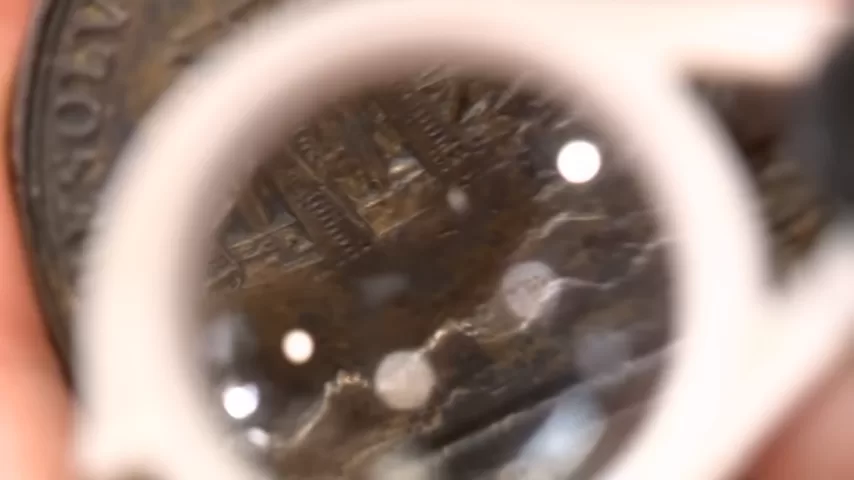
The Medal’s Origin: A Rare Legacy
As the excitement grew, another coin specialist—dubbed the “Rainman of Coins”—was brought in to examine the piece. What he uncovered was remarkable.
“This is a Resolution and Adventure medal, struck in 1772 to commemorate Captain Cook’s second voyage,” the expert explained. “They made 2,000 of these, all given to Cook himself to carry on his journey.”
These medals weren’t just souvenirs or tokens of military service. They were diplomatic gifts. Captain Cook handed them out to indigenous leaders he encountered during his journey, as a gesture of peace and respect. On islands where metalworking had not yet been discovered, these shiny medallions were awe-inspiring artifacts, symbolic of European power and mystery.
“Every single one of these medals was personally carried by Captain Cook,” the appraiser continued. “He handed them out across the Pacific—Fiji, Tahiti, Easter Island, and more.”
And this wasn’t a replica. It was struck, not cast, and had the telltale loop at the top, suggesting it may have been hung on a ribbon—perhaps even worn by someone of status. Despite some doubts due to its well-preserved condition, it was quickly confirmed: this was the real thing.
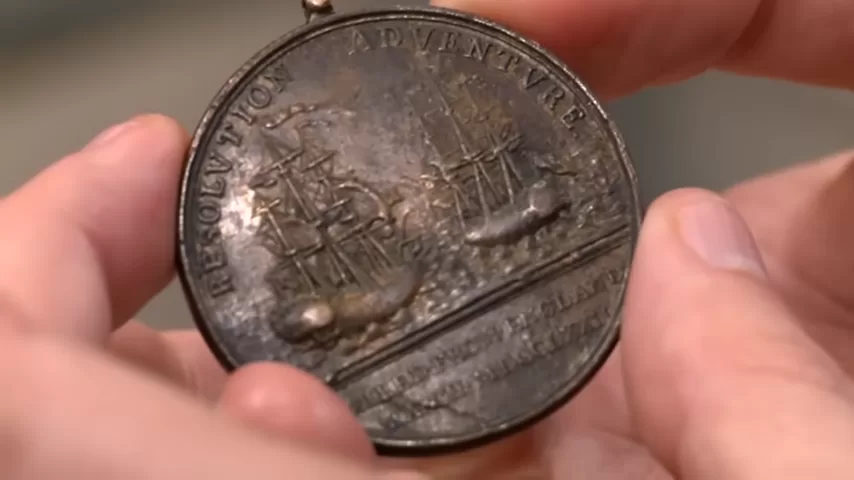
Historical and Financial Value
When asked to estimate its worth, the coin expert was clear: “In this condition, it’s likely worth $7,500 to $8,500 at auction.” The news was a shock. Just an hour earlier, the man who found it had been hoping for $50 or $100.
The buyer offered him $5,000 on the spot—a figure that initially seemed low compared to the valuation. But the logic made sense: the man had no idea what he owned. Without expert knowledge or access, he likely would’ve sold it to the first pawn shop for a fraction of its value.
“If you’d walked into almost any other place on the planet,” the buyer explained, “they’d have given you 50 bucks and sent you on your way.”
With that, a handshake closed the deal. A $5,000 payout for something once forgotten in a box, now reunited with history.
A Medal That Touched the Hands of History
What makes this story so compelling isn’t just the value—it’s the connection to the past. This isn’t just a coin. It’s a piece of Captain Cook’s mission, a journey that reshaped the world. Every medal like this one was touched by Cook, carried on a ship through stormy oceans, handed across cultural divides to island chieftains.
Few historical artifacts come with such pedigree. This medal was never just a piece of metal. It was a tool of diplomacy, a symbol of global exploration, and a physical reminder of one of humanity’s most ambitious explorers.
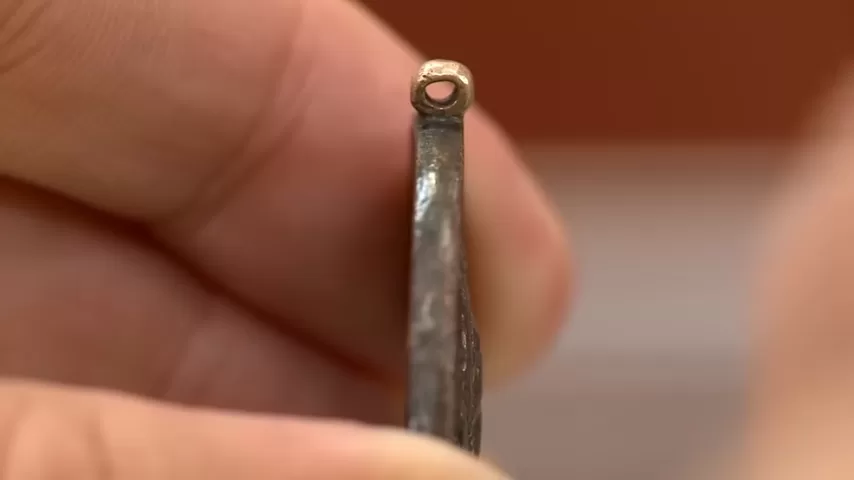
Conclusion: What Else Might Be Hidden in Boxes?
The story serves as a reminder that history isn’t always locked in museums. Sometimes, it’s hidden in attics, closets, and storage boxes—waiting to be found. In a world of mass-produced trinkets, finding an authentic 18th-century expeditionary medal is like uncovering buried treasure.
Whether you’re a collector, historian, or just someone cleaning out your grandparent’s house, it pays to take a closer look at the things we often overlook. Because sometimes, a dusty medallion is worth far more than gold.
